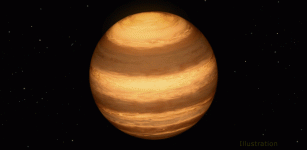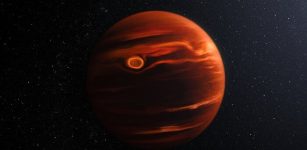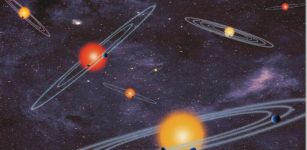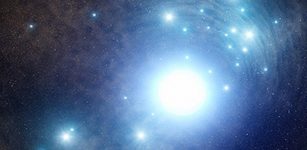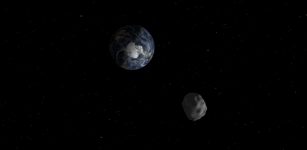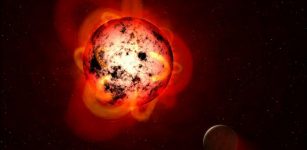Star Formation That Began As Early As 250 Million Years After The Big Bang
MessageToEagle.com – Star formation in the very distant galaxy MACS1149-JD1 started at an unexpectedly early stage, only 250 million years after the Big Bang, based on observations of from Atacama Large Millimeter/submillimeter Array (ALMA) and ESO’s Very Large Telescope (VLT).
Using infrared data taken with the NASA/ESA Hubble Space Telescope and the NASA Spitzer Space Telescope, the team was able to reconstruct the earlier history of MACS1149-JD1.
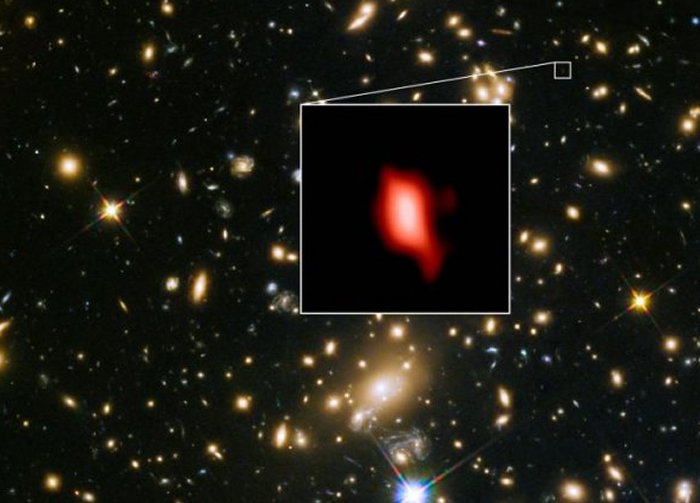
Researchers have also discovered the most distant oxygen ever detected in the Universe and the most distant galaxy ever observed by ALMA or the VLT.
An international team of astronomers detected a very faint glow emitted by ionised oxygen in the galaxy. As this infrared light traveled across space, the expansion of the Universe stretched it to wavelengths more than ten times longer by the time it reached Earth and was detected by ALMA.
The team inferred that the signal was emitted 13.3 billion years ago (or 500 million years after the Big Bang), making it the most distant oxygen ever detected by any telescope. The presence of oxygen is a clear sign that there must have been even earlier generations of stars in this galaxy.
“I was thrilled to see the signal of the distant oxygen in the ALMA data,” says Takuya Hashimoto, the lead author of the new paper and a researcher at both Osaka Sangyo University and the National Astronomical Observatory of Japan. “This detection pushes back the frontiers of the observable Universe.”
The observations also determined that MACS1149-JD1 the most distant galaxy with a precise distance measurement and the most distant galaxy ever observed with ALMA or the VLT.
“This galaxy is seen at a time when the Universe was only 500 million years old and yet it already has a population of mature stars,” explains Nicolas Laporte, a researcher at University College London (UCL) in the UK and second author of the new paper. “We are therefore able to use this galaxy to probe into an earlier, completely uncharted period of cosmic history.”
The maturity of the stars seen in MACS1149-JD1 raises the question of when the very first galaxies emerged from total darkness, an epoch astronomers romantically term “cosmic dawn”.
MessageToEagle.com


